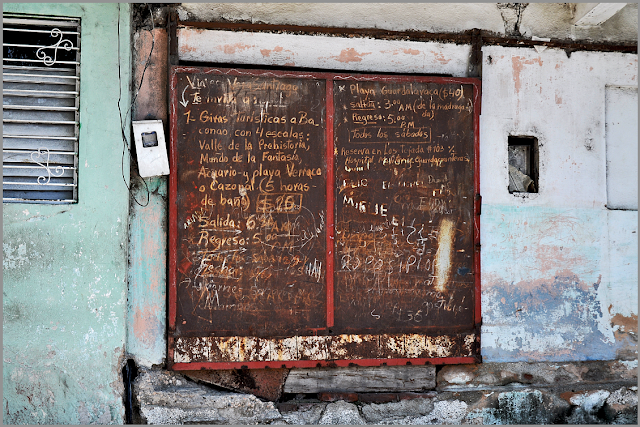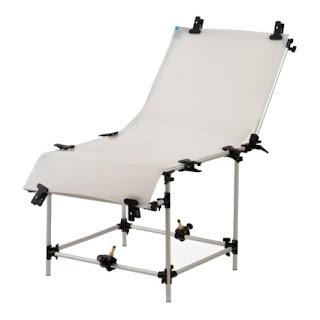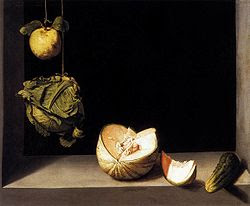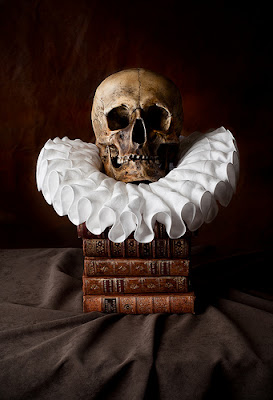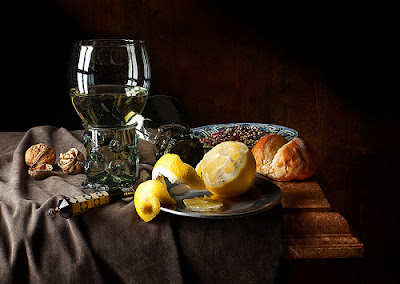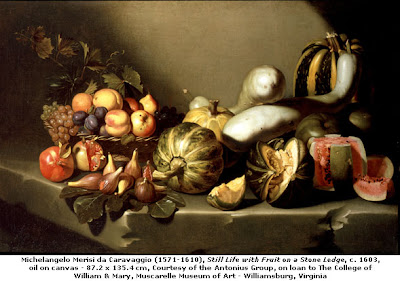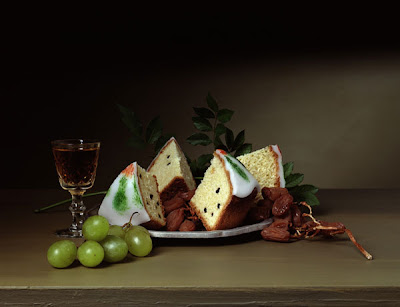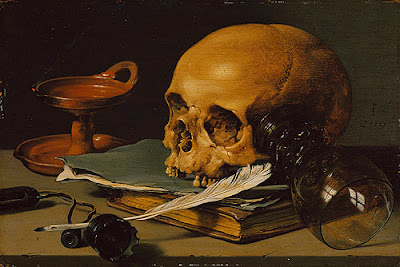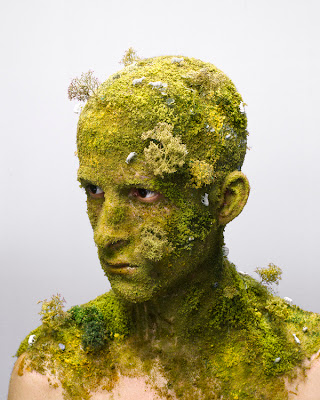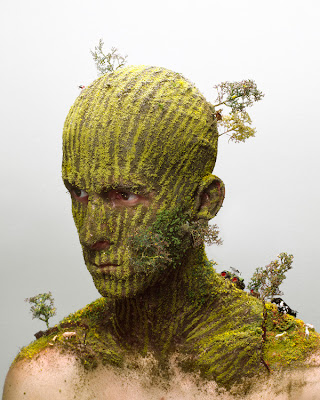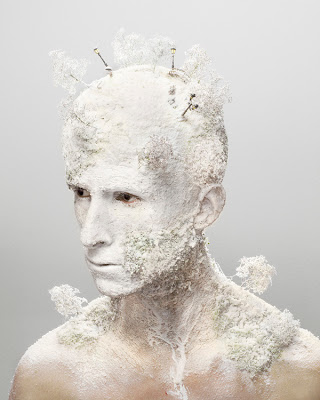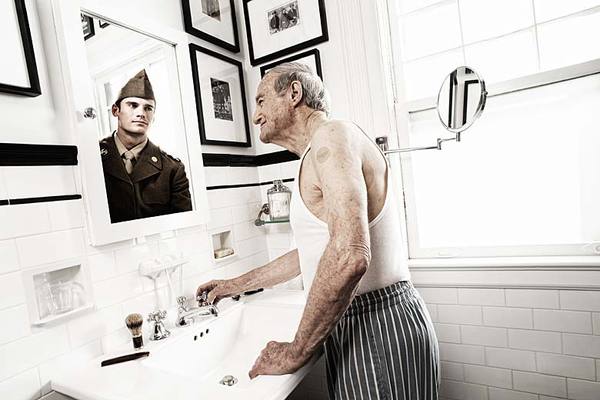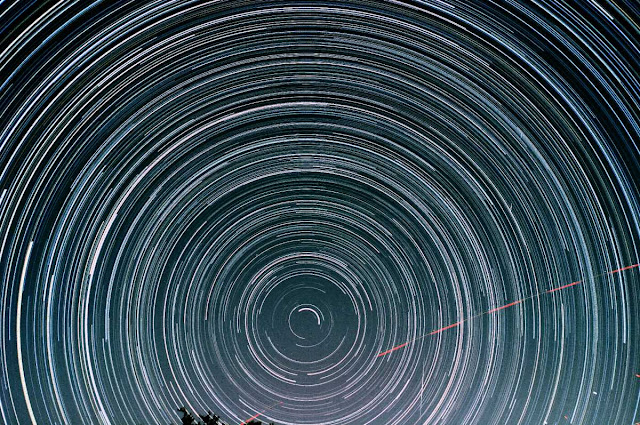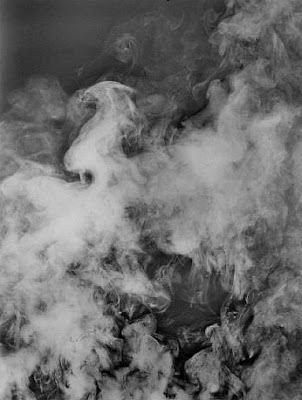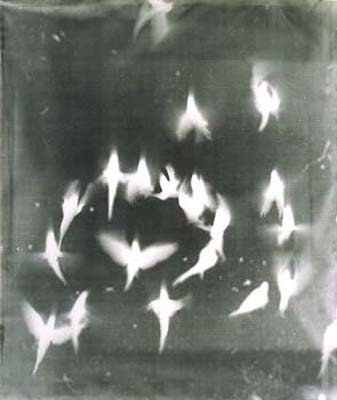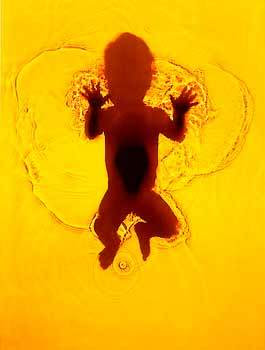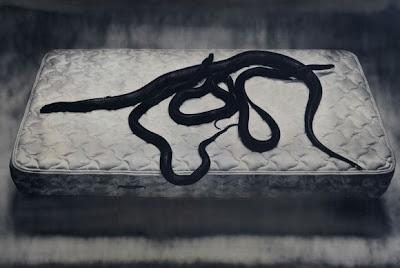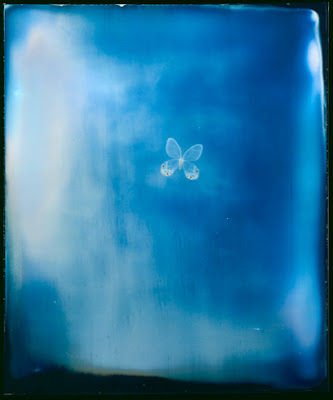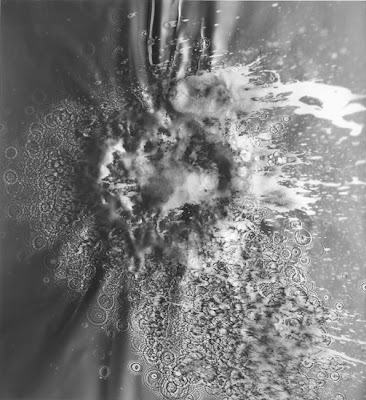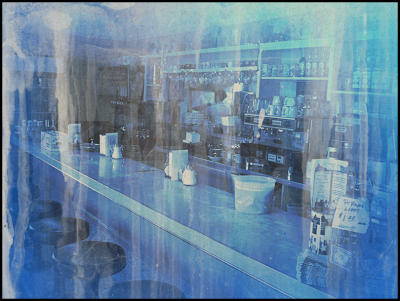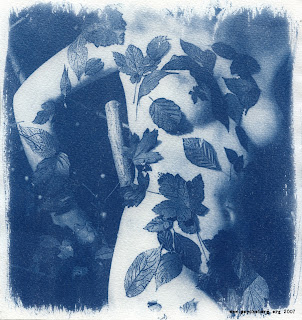OH
IMAGELAB.
over the past 12week term, i can actually say i have learnt something!
looking over
i wish i took more time to tend to my pinhole work
and experiment with colour paper.
with scanography i intend to play around on photoshop
add layer of negative, text and colour perhaps?
the cyanotype had to be my favourite lab
hands down
i loved the anticipation
of what would come out and the general
'hands on' approach!
bigger next time?
im also very glad that we were introduced to the
narrative concepts of photography
this helped me think about what my work and images mean
before making the image
it gave me help in planning and research
making life a lot more easier
when coming to a title or evaluation!
i also liked the idea of a Lab being titled
TIME
a broad term
which helps you dig deeper into concepts
and become more creative.
being able to offically use a large format camera!
that i another highlight!!
i would love to find out more about effects and editing!
overall
i enjoyed this term
the thing that i did struggle with is the writing part
sources
files
blah
blah
so confusing.
ill learn (:
BIBLIOGRAPHY
"Dirty Word Pictures" By Gilbert & George
"Photographs Of British Algae: Cyanotype Impressions" By Anna Atkins
'Still Life In Photography' By Paul Martineau (2010, J. Paul Getty Museum
"The Photograph As Contemporary Art" By Charlotte Cotton
"The Shadow Catchers" By Martin Barnes
Http://Benneh.Net/
Http://Library.Thinkquest.Org
Http://Linka-Lebedeva.Livejournal.Com/180978.Html?Thread=2922482
http://mycourse.solent.ac.uk
http://scannography.org/artists/Nelson-Stewart.html
Http://Www.Alternativephotography.Com
Http://Www.Bjp-Online.Com/
Http://Www.Flickr.Com
Http://Www.Gagosian.Com/Artists/Sally-Mann/
Http://Www.Houkgallery.Com/Exhibitions/2007-11-29_Sally-Mann/
Http://Www.Jansochor.Com
Http://Www.Mocp.Org/Collections/Permanent/Mann_Sally.Php
Http://Www.Photographyserved.Com
http://www.pinholephotography.org
Http://Www.Time.Com
Http://Www.Vam.Ac.Uk

